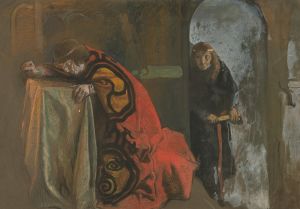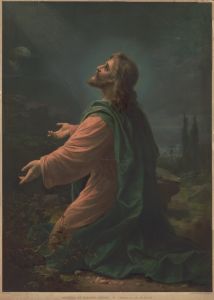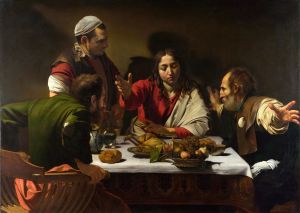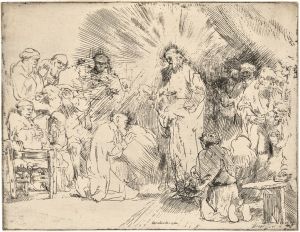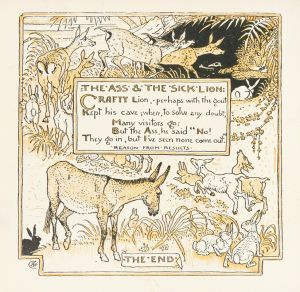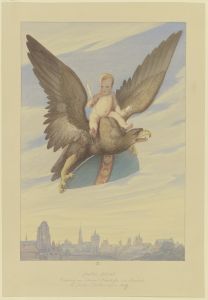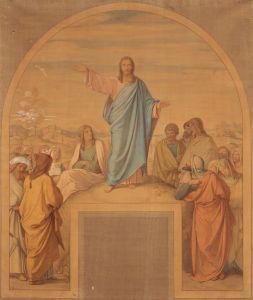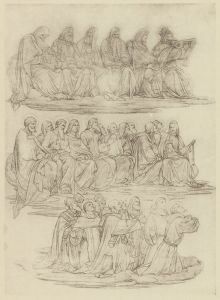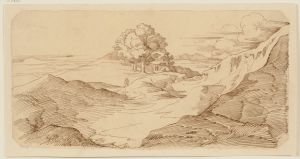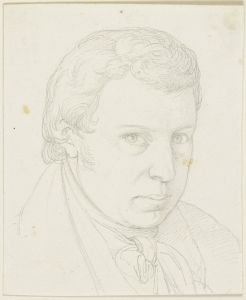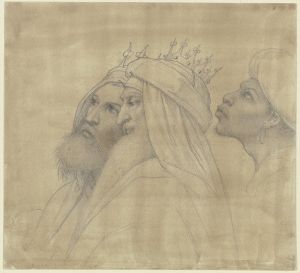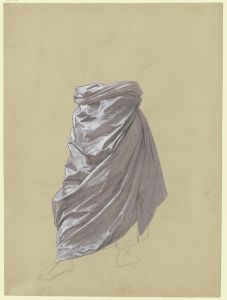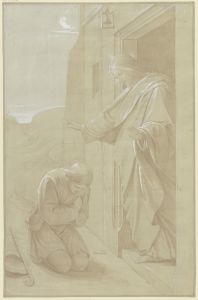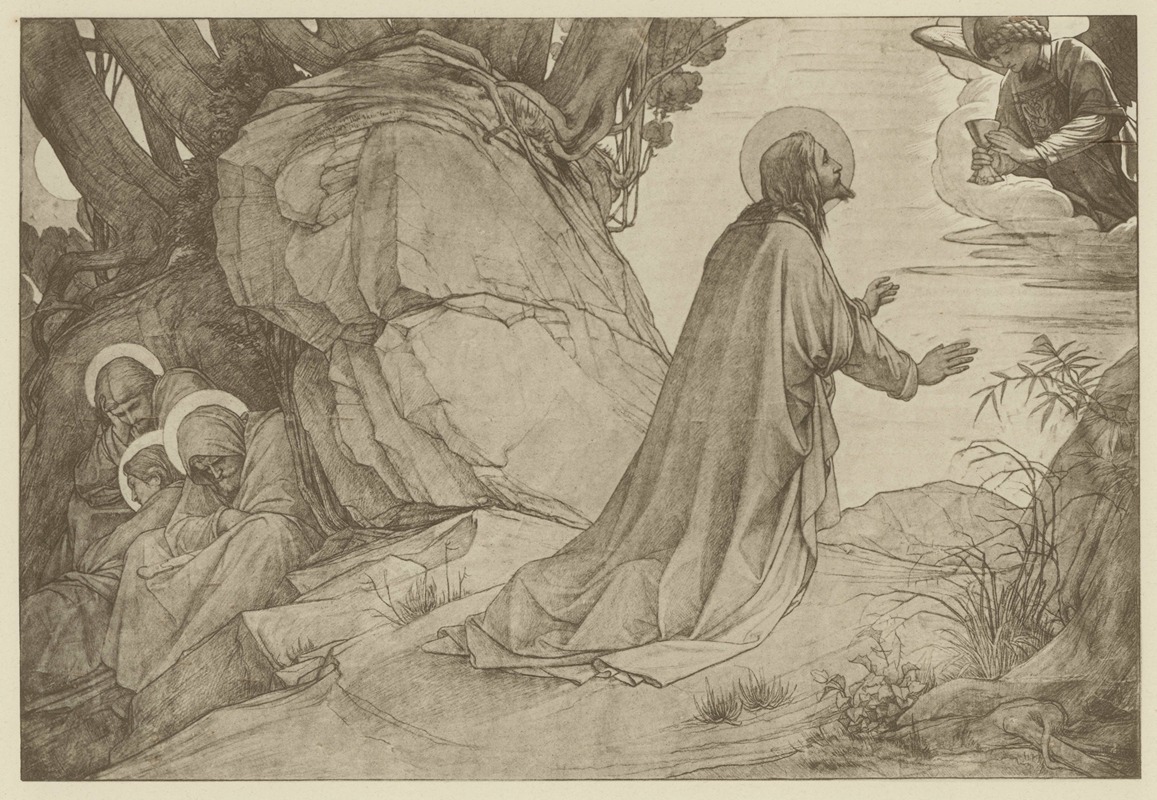
Christus am Oelberg
A hand-painted replica of Eduard von Steinle’s masterpiece Christus am Oelberg, meticulously crafted by professional artists to capture the true essence of the original. Each piece is created with museum-quality canvas and rare mineral pigments, carefully painted by experienced artists with delicate brushstrokes and rich, layered colors to perfectly recreate the texture of the original artwork. Unlike machine-printed reproductions, this hand-painted version brings the painting to life, infused with the artist’s emotions and skill in every stroke. Whether for personal collection or home decoration, it instantly elevates the artistic atmosphere of any space.
Eduard von Steinle was a prominent 19th-century German painter associated with the Nazarene movement, which sought to revive honesty and spirituality in Christian art. One of his notable works is "Christus am Oelberg" (Christ on the Mount of Olives), a painting that reflects his deep religious conviction and his commitment to the ideals of the Nazarene movement.
"Christus am Oelberg" depicts a scene from the New Testament, specifically the moment when Jesus prays in the Garden of Gethsemane on the Mount of Olives before his arrest and crucifixion. This moment is significant in Christian theology as it represents Jesus' human vulnerability and divine mission. Steinle's portrayal of this scene is characterized by its emotional depth and spiritual intensity, capturing the essence of Christ's agony and submission to divine will.
Steinle's style in "Christus am Oelberg" is marked by a meticulous attention to detail and a harmonious composition, which are hallmarks of the Nazarene movement. The Nazarenes were known for their rejection of the neoclassical style that dominated the art world at the time, favoring instead a return to the simplicity and sincerity of early Renaissance and medieval art. Steinle's work embodies these principles through its clear lines, subdued color palette, and focus on religious themes.
The painting likely features Christ in a moment of solitary prayer, possibly with an angel offering comfort, a common motif in depictions of this biblical event. The setting would be serene yet somber, reflecting the gravity of the moment. Steinle's ability to convey emotion through facial expressions and body language would be evident, inviting viewers to contemplate the spiritual significance of the scene.
Eduard von Steinle was a key figure in the Nazarene movement, which was founded in the early 19th century by a group of young German and Austrian artists. The movement was a reaction against the perceived superficiality of contemporary art, advocating for a return to the spiritual and moral values of earlier Christian art. Steinle's work, including "Christus am Oelberg," exemplifies these ideals through its focus on religious subjects and its emphasis on conveying deep emotional and spiritual truths.
Throughout his career, Steinle was known for his religious frescoes and paintings, many of which can be found in churches and public buildings across Germany and Austria. His work was highly regarded for its spiritual depth and technical skill, earning him a prominent place in the history of 19th-century religious art.
In summary, "Christus am Oelberg" by Eduard von Steinle is a significant work that captures the essence of the Nazarene movement's ideals. Through its depiction of a pivotal moment in Christian theology, the painting reflects Steinle's commitment to conveying spiritual truths and his mastery of the artistic techniques that define the Nazarene style.





